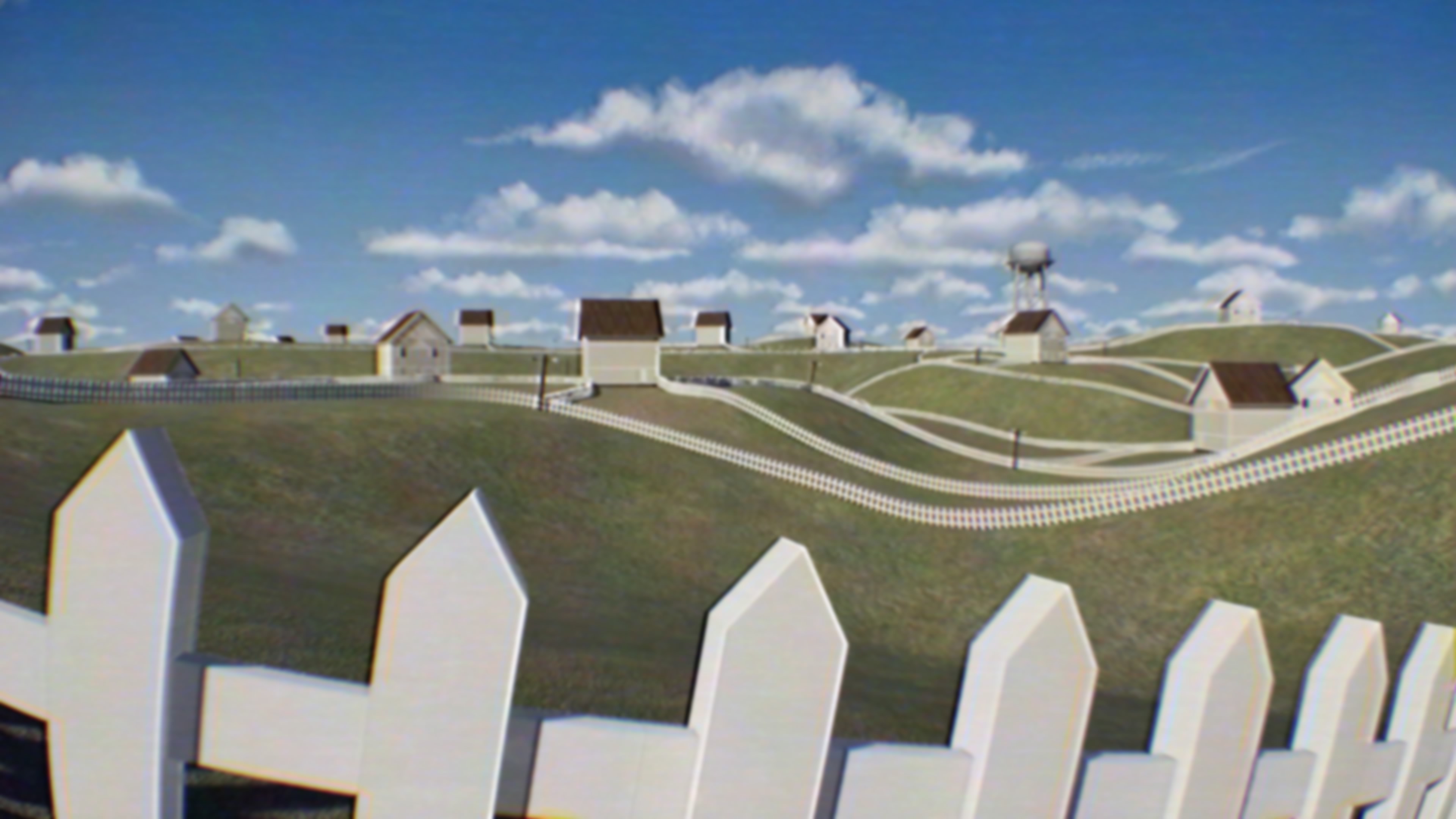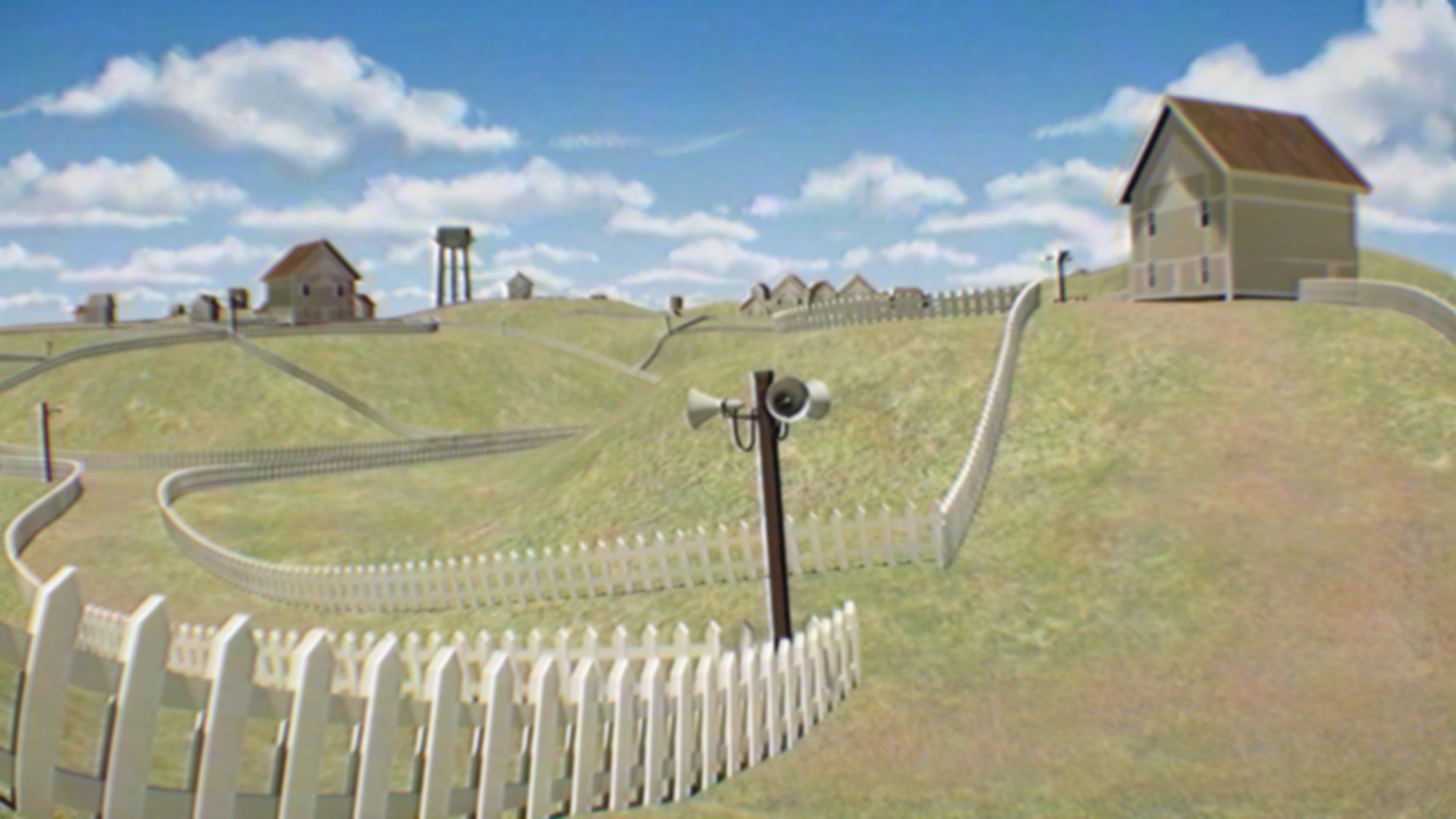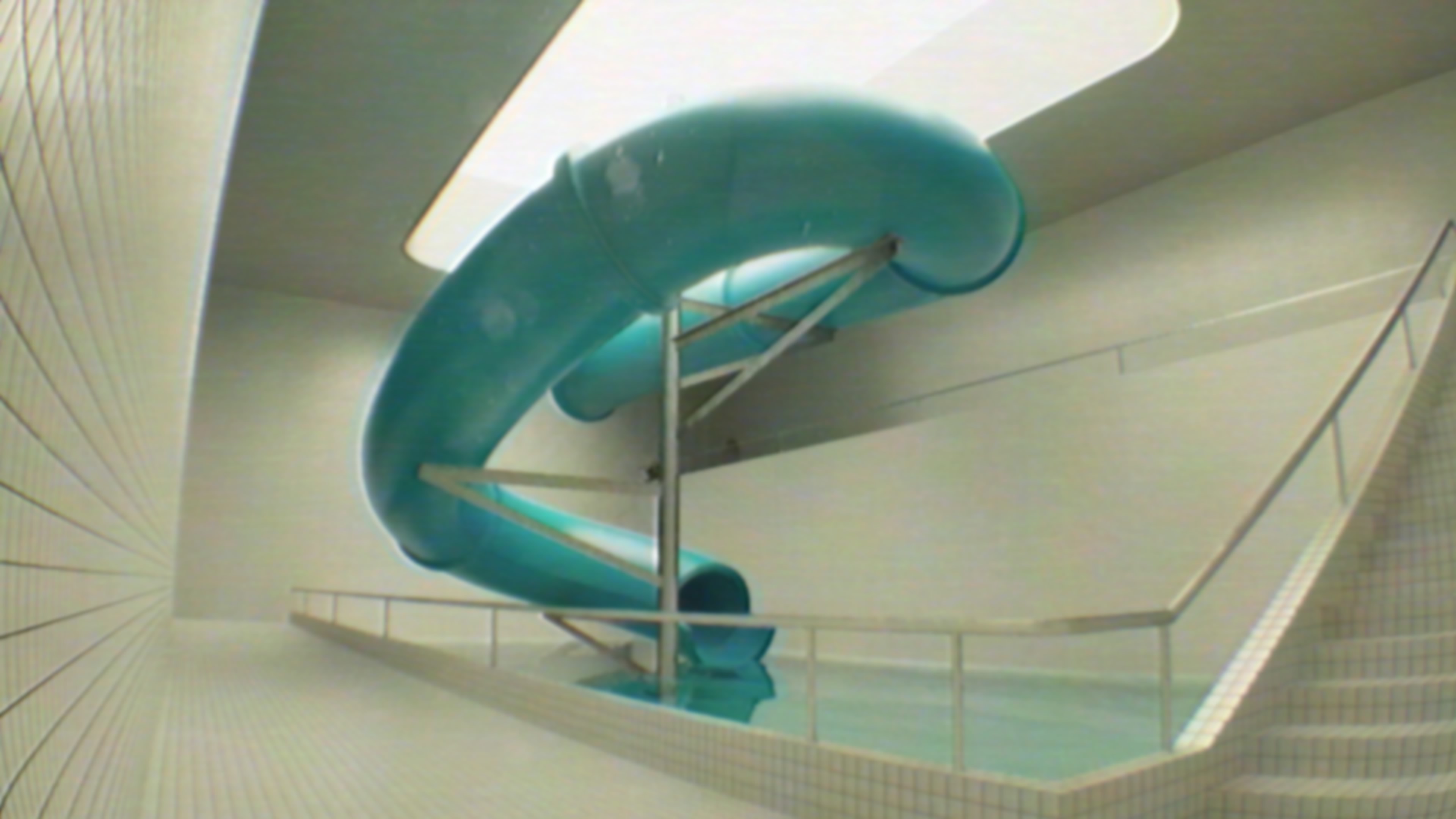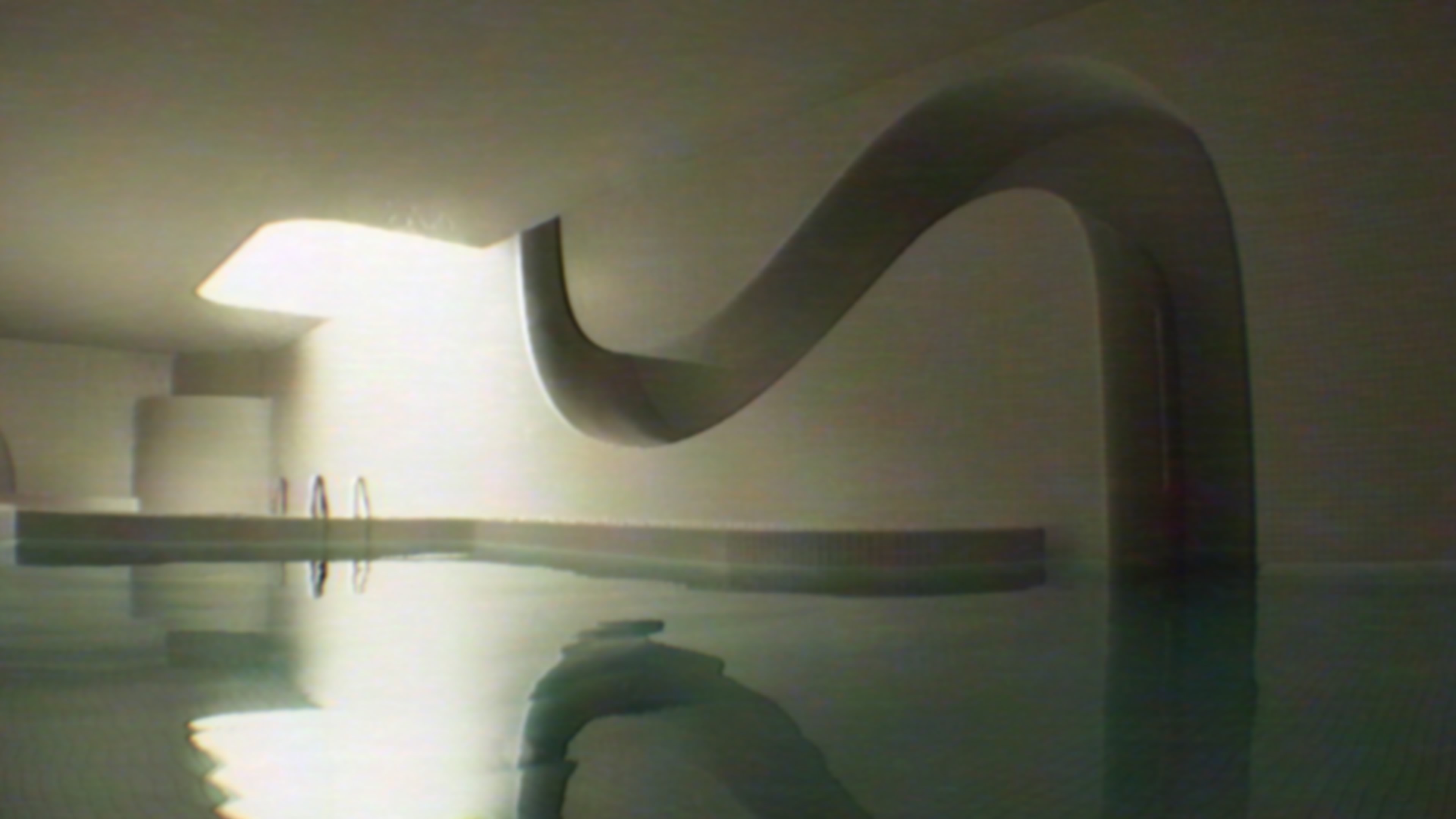For
- Faithful recreation of the liminal spaces aesthetic
- Enormous levels
Against
- Minimal interactivity
- Quickly becomes tedious
Why you can trust Creative Bloq

Developer Montraluz
Publisher Tlön Industries
Release date 23 January 2025
Platform Unreal Engine 5
Formats PS5 (reviewed), Xbox Series X/S, PC (Steam, Epic Games Store)
The Dreamcore aesthetic has swept social media over the past few years. Typically, it involves images or videos of strange, liminal spaces and surreal, dream-like motifs, such as flying eyes or TV-headed people. It’s closely related to the surge of interest in liminal spaces more generally – eerily abandoned ‘in-between’ places – and in particular the immense popularity of the Backrooms concept, the idea that it’s possible to ‘no-clip’ through reality and end up in an endless expanse of empty rooms.
Made in Unreal Engine 5 but reducing all that power and capability to rendering simple, stylised spaces, Dreamcore, is an interesting premise. One that takes the Backrooms concept and turns it into a puzzle - but it's simplicity fails to grapple with what makes The Backrooms so engaging.
To recap, the Backrooms originally emerged on 4chan message boards in around 2019, but it rose into the wider consciousness in 2022 through a phenomenal short film created by American YouTuber Kane Parsons. That film, which sees a young man filming with a camcorder suddenly drop into labyrinthian yellow corridors, has been viewed more than 64 million times, and Parsons is now set to direct a full-length movie version backed by A24.
Dreamcore is a Backrooms puzzle

It’s perhaps little surprise that liminal spaces have captured people’s imagination. Images of oddly empty offices and shopping malls were something we were all fascinated with during the COVID lockdowns of 2020, and although such images have always been unsettling, they are doubly so now in the wake of our collective trauma.
But the Backrooms also arose directly from video game logic: the act of ‘no-clipping’, slipping beyond the world the player was intended to see. The aesthetic of repeating textures and echoing endless corridors is drawn straight from the gaming realm, and liminal spaces abound in titles like Portal (2007), Control (2019) and Superliminal (2019).

So games inspired the Backrooms, and in turn, the Backrooms is now inspiring games. The past couple of years have seen a deluge of indie titles either directly about the Backrooms or inspired by their aesthetic, like The Exit 8 from Kotake Create, about an endlessly repeating Japanese metro station passageway. Dreamcore from Argentinian studio Montraluz is the latest take on the concept, and it adheres closely to the aesthetics of Parsons’ film, right down to the camcorder flicker and the menacingly buzzing fluorescent bulbs.
There are two levels included at launch, although more are in the works. The first level, Dreampools, is styled after a digital series by designer Jared Pike that features endless white-tiled swimming pools leading off into ominous darkened archways. The level sees you exploring a series of vast, increasingly absurd pools until eventually the sound of music leads you to a torch, which you can use to enter a pitch-black doorway and descend to the enormous, dimly lit basement in search of an exit.
Daily design news, reviews, how-tos and more, as picked by the editors.
The second level, Eternal Suburbia, is based on ‘Level 94’ of the Backrooms, which is filled with rolling green hills, picket fences and identical 1950s-style pastel-coloured houses, all dominated by a vast water tower. When you eventually escape this unsettling, nonsensical idyll, you find yourself in a network of endlessly repeating roads, a giant, confusing maze in which it’s all too easy to get lost among the maddeningly similar streets.
All style and no substance

All of this is mesmerising, at first. The surreal landscapes draw you in, and the feeling of slowly getting lost in the maze-like levels is tantalising, triggering a tingly, subconscious feeling that you’ll never find your way out of this nightmare dream space.
But slowly, the shine wears off. The vistas merge together. The realisation dawns that there’s nothing to do here, no threat to avoid, nothing to manipulate, no one to speak to.
Tantalisation rapidly turns to tedium, and frustration at the slow plod of your nameless character as you trot around in mindless circles, your sole aim to escape. There’s no substance here, other than the realisation that getting lost in the Backrooms for real would be really, really boring. Sadly, what you’re left with is all aesthetic, and zero game.

Dreamcore: verdict
This is a game that embraces a zeitgeist aesthetic without adding any depth or tension to its world to keep you engaged. For it to work, surrealism needs to explore the unexpected and irrational as well as offering a dreamlike state, Dreamcore does one of the three, and so feels like style over substance.

Lewis Packwood has been writing about video games professionally since 2013, and his work has appeared in The Guardian, Retro Gamer, EDGE, Eurogamer, Wireframe, Rock Paper Shotgun, Kotaku, PC Gamer and Time Extension, among others. He is also the author of Curious Video Game Machines: A Compendium of Rare and Unusual Consoles, Computers and Coin-Ops (White Owl, 2023).

